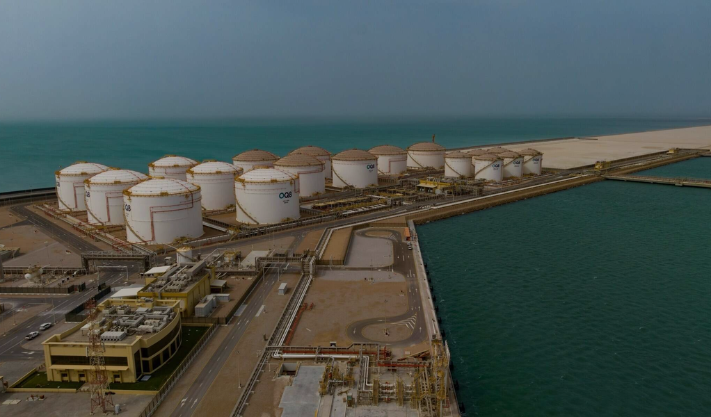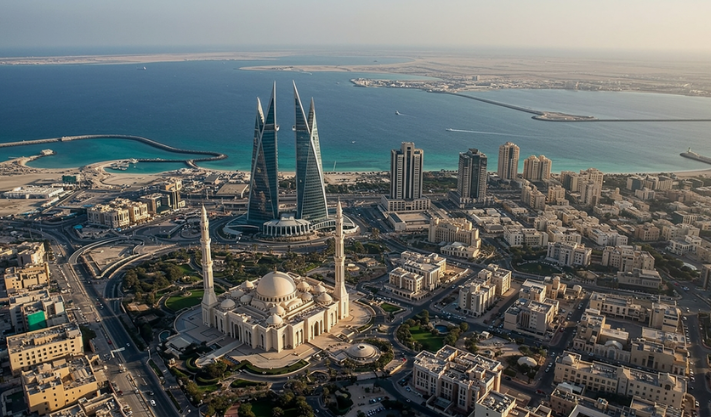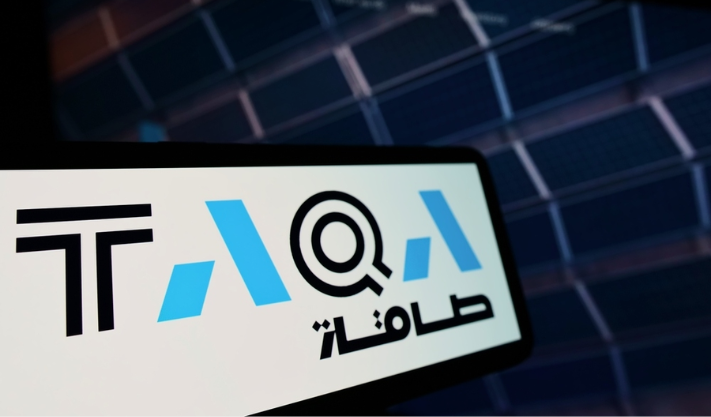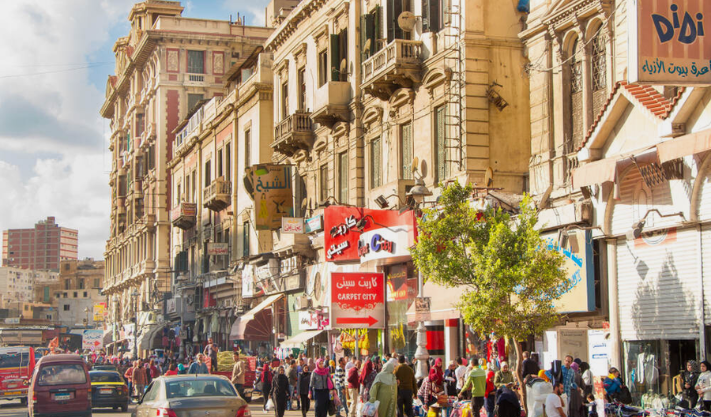Oman’s Public Revenue Drops 7% in Q1 to $6.8B Due to Lower Oil and Gas Income
Oman’s public income fell by 7% compared to last year, reaching $6.8 billion (OMR 2.6 billion) in the first three months of 2025. This was mainly because of lower oil and gas income due to changes in global markets and efforts to grow other parts of the economy.
Oman’s Government Money
Oman earned less money from oil in the first three months of the year. Oil income dropped by 13% to $3.9 billion (OMR 1.5 billion), according to the Oman News Agency and the Ministry of Finance.
Money from gas sales also went down by 2% to $1.1 billion (OMR 436 million). But money earned from other sources (not oil or gas) went up by 5%, reaching $1.9 billion (OMR 725 million).
The government spent 4% more, about $7.2 billion (OMR 2.8 billion), mainly because it spent more on development projects.
Regular government spending went down slightly by 1% to around $5.2 billion (OMR 2 billion). Spending by ministries and government units on development was $659.8 million (OMR 254 million). This is 28% of the $2.3 billion (OMR 900 million) set for development projects in the 2025 budget.
Other costs went up a little to $1.3 billion (OMR 490 million). The government spent $374.1 million (OMR 144 million) on social support and $70.1 million (OMR 27 million) on oil subsidies. It also saved $259.8 million (OMR 100 million) to pay future debts.
Spending on social services like health and education was $4.4 billion (OMR 1.7 billion) by the end of March. The finance ministry also gave more than $789.6 million (OMR 304 million) to private companies.
Oman lowered its public debt to $27.1 billion (OMR 14.3 billion) by the end of March, down from $39.2 billion (OMR 15.1 billion) a year before.
Less Money from Oil and Gas in the Region
Countries in the Gulf Cooperation Council (GCC) are being careful with their 2025 budgets because oil production cuts and weak world demand are lowering their income.
Kamco Invest says the total spending in the region will drop to $545.3 billion in 2025 from $554.9 billion in 2024. Income will also fall by 3.1% to $488.4 billion. This means the region will have a total budget deficit of $56.9 billion.
Saudi Arabia, the biggest economy in the region, will provide over 65% of the income and spend 64% of the total budget. It expects $319.7 billion in income and $347 billion in spending, causing a deficit of $27.3 billion. The country is earning more from non-oil sources and better tax collection, which helps with lower oil income.
Oman plans a budget deficit of $1.6 billion. It will spend mostly on health, education, social help, and development projects that fit its five-year economic plan.
Qatar expects a $3.6 billion deficit in 2025, with oil and gas income falling by 3.1%.
Published: 28th May 2025
For more article like this please follow our social media Facebook, Linkedin & Instagram
Also Read:
Saudi Arabia, Kuwait Discover Oil in Shared Border Area
Saudi non-oil exports up 13.4%, oil exports down 8.4% Q1
Egypt’s TMG to build green city in Iraq’s Al-Rufail Economic Zone





